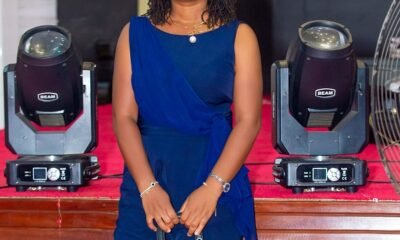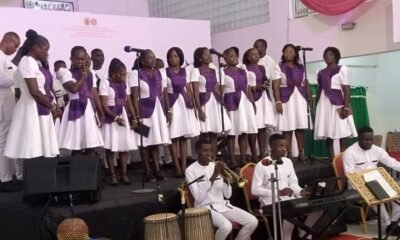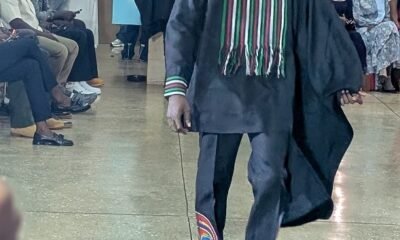Profile
Peter Nkansah Wiafe: Fashioning inclusivity with creativity and purpose
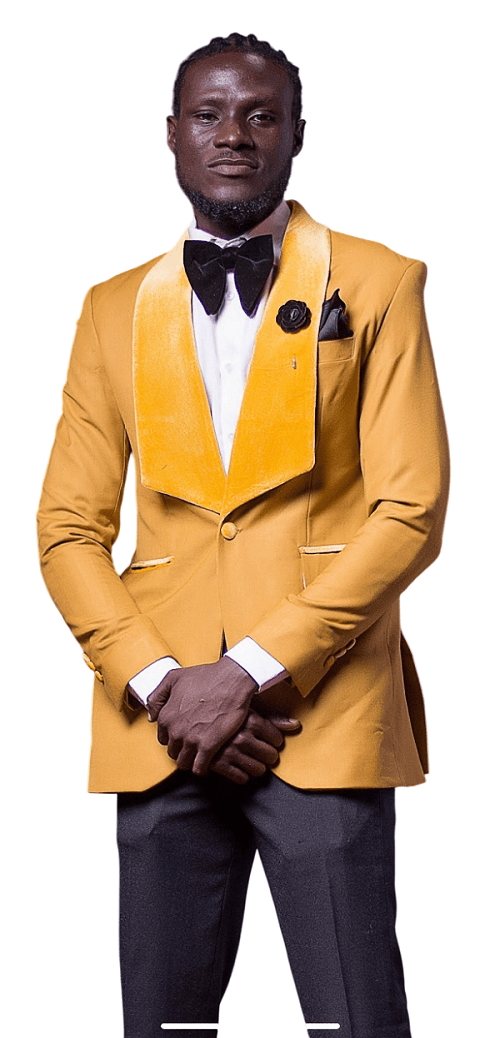
For Peter Nkansah Wiafe, fashion is more than fabric, thread, and stitches. It is a calling to solve problems and make a difference.
Over the past four years, the young Ghanaian designer has been using his creative skills not only to build a thriving career but also to touch the lives of people often overlooked by mainstream society.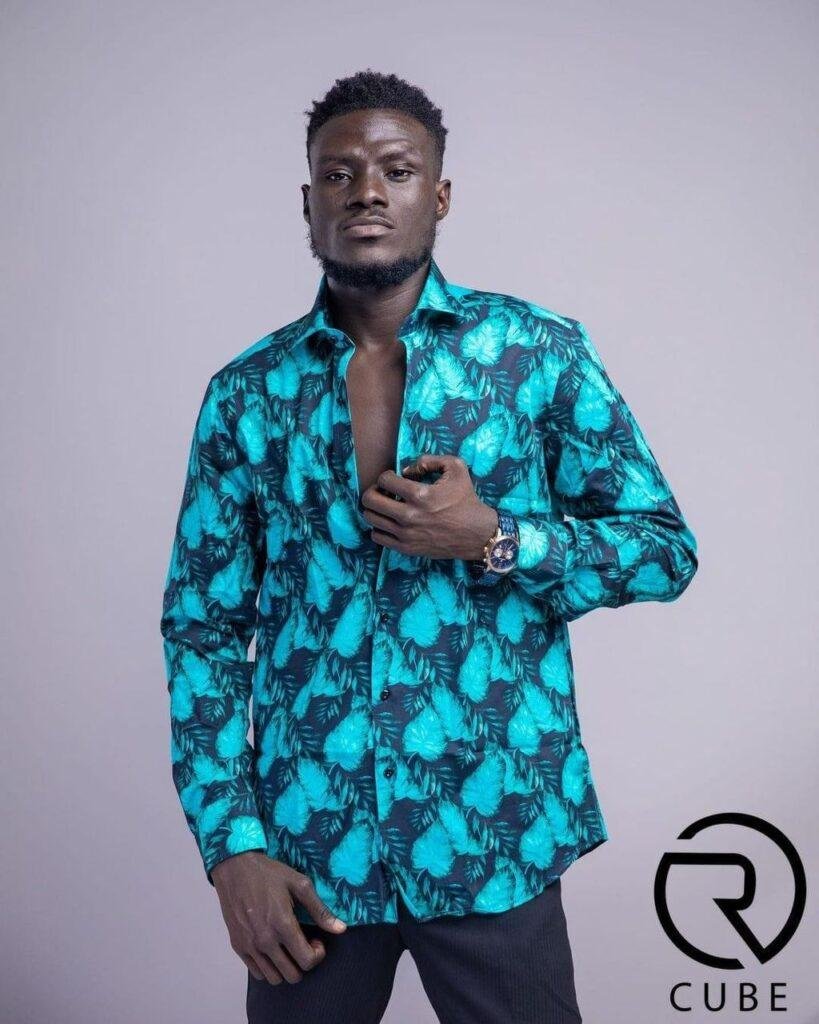
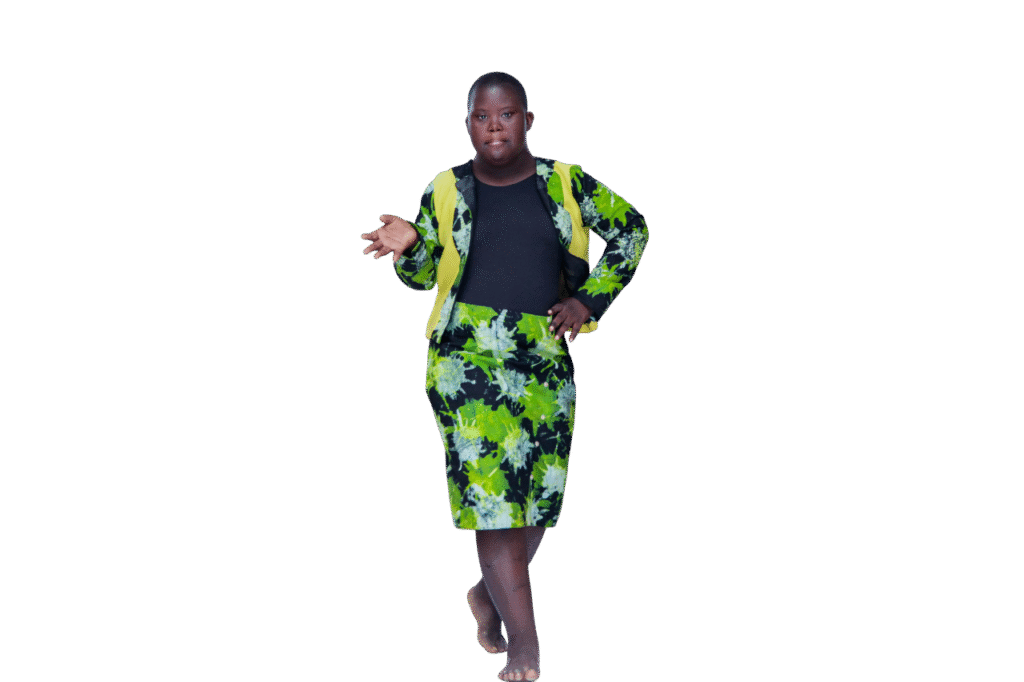
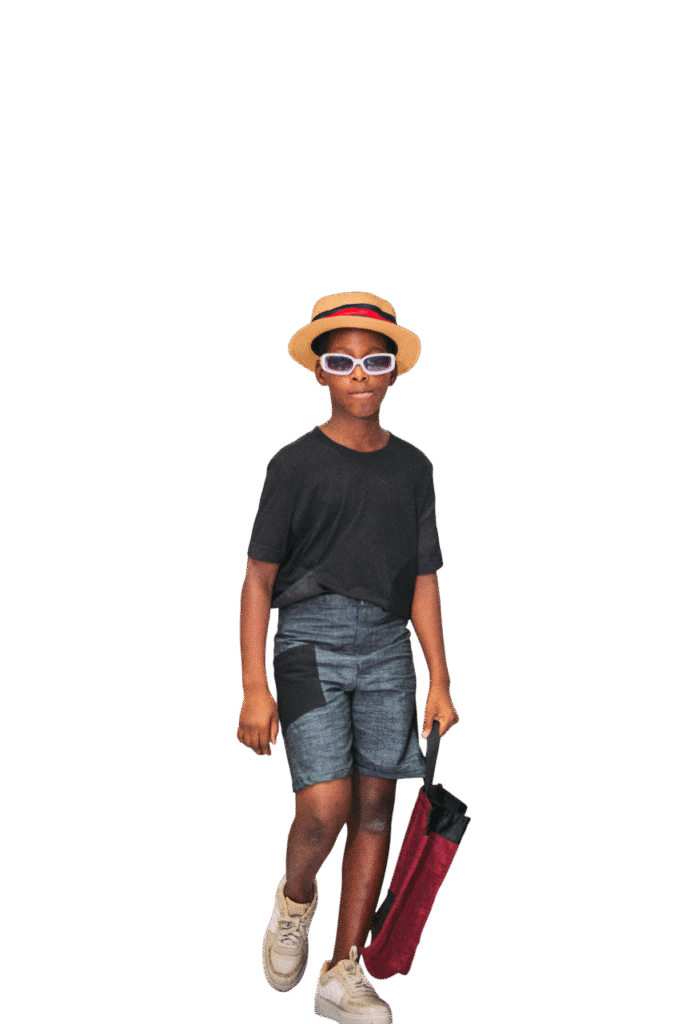
Through his flagship initiative, Fashion for Special People, Peter has dedicated himself to designing clothes and creating inclusive fashion experiences for children and young people with special needs, including students from schools for the Deaf and the Blind.
In an interview with The Spectator in Accra New Town, on Monday, he was of the view that fashion is not just about beauty, glamour, or trends; it is a basic human necessity, just as important as food.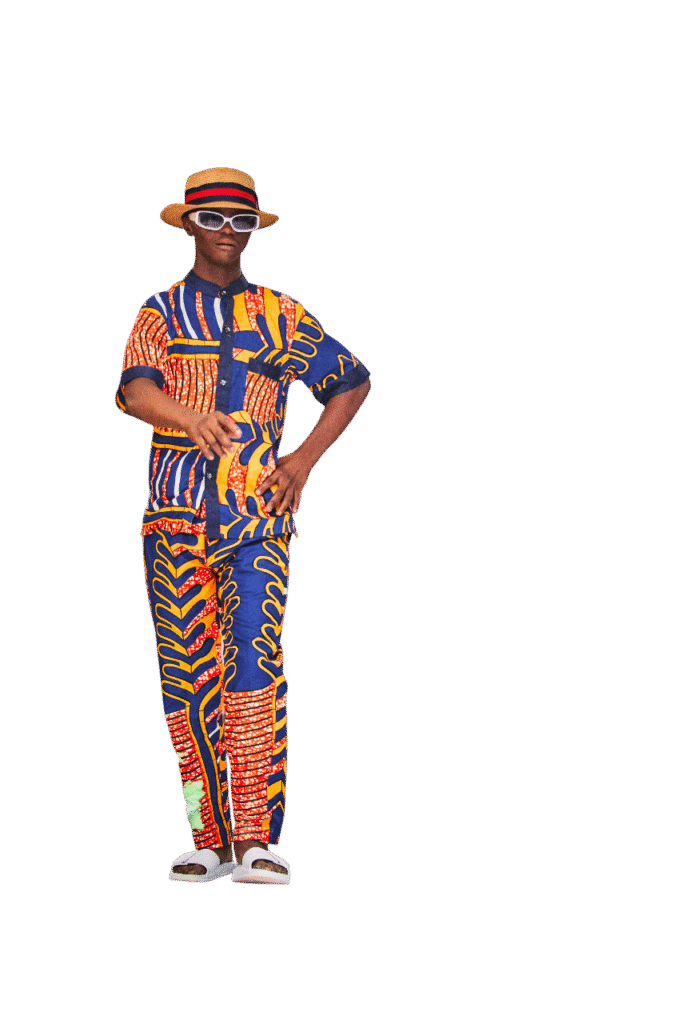
“Without designers, we are nothing,” he says with conviction. “Everyone wears clothes every day, and everyone deserves to feel good in what they wear. These children deserve that dignity, too.”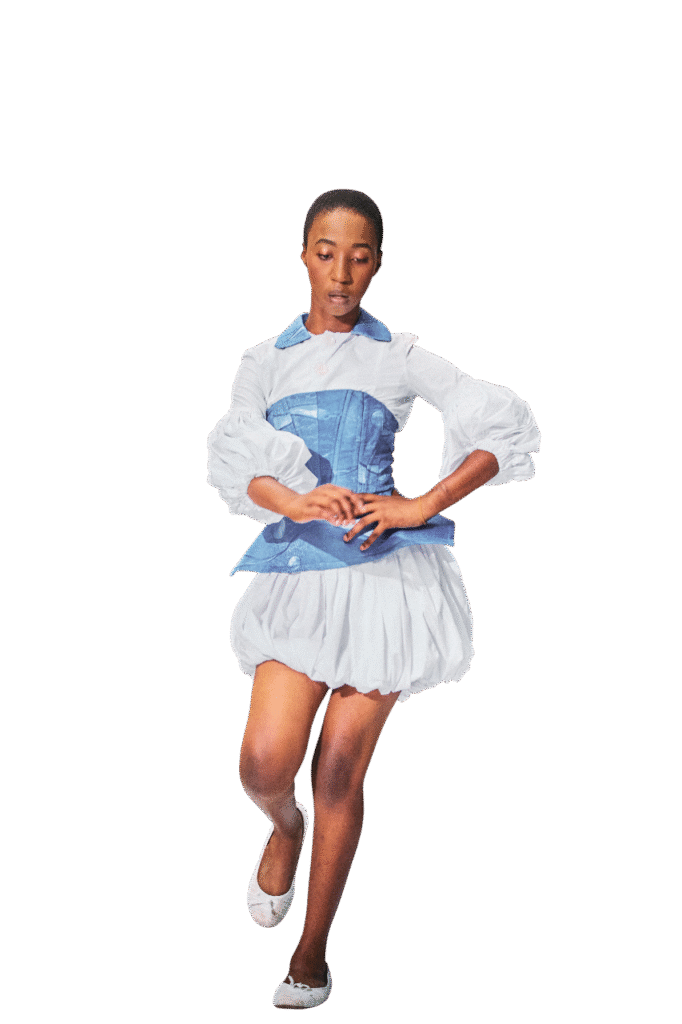
Fashion for special people started as a simple idea and as a tool to bring joy, confidence, and empowerment to children with disabilities.
It began as annual visits to the Dzorwulu Special School to design clothes and stage mini fashion shows. It has grown into a broader movement.
Beyond creating garments, Peter and his team also teach basic skills such as modeling, hand-weaving, and introductory sewing. “We don’t just dress them,” he explains.
“Modeling helps them gain confidence. Hand-weaving and sewing give them practical knowledge. It is about inclusion, empowerment, and proving that they are capable.”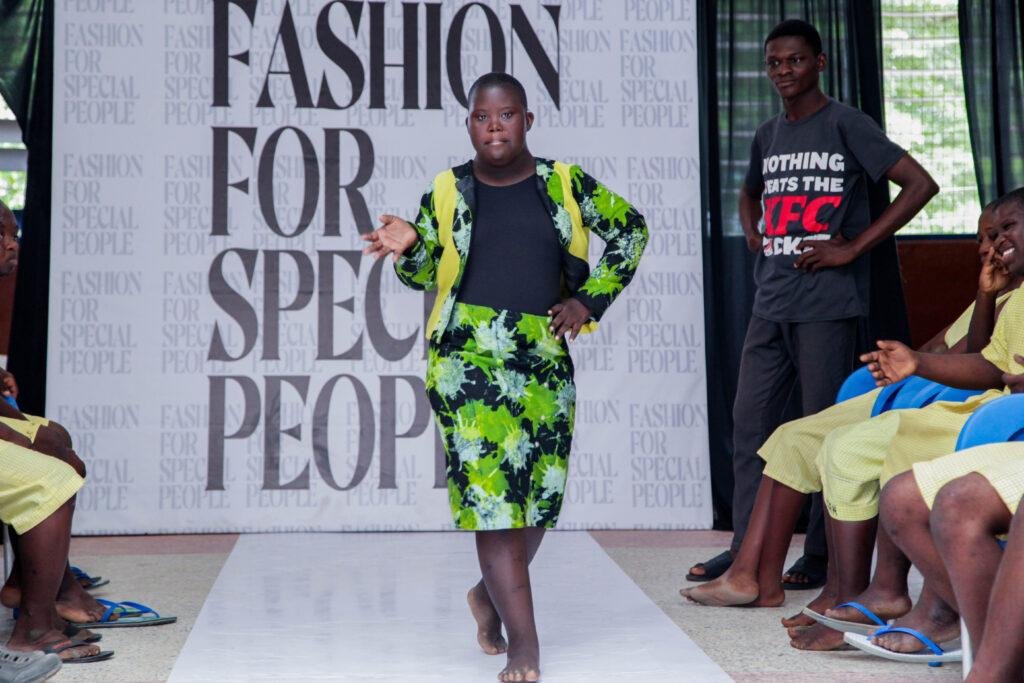
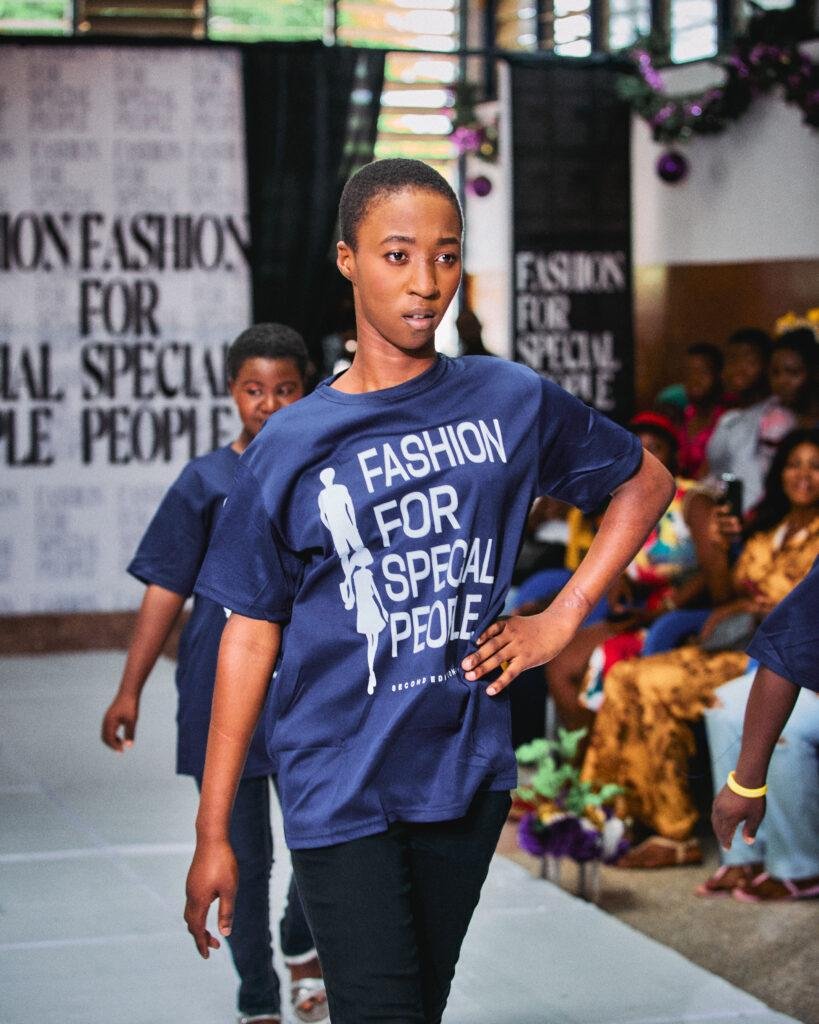
The initiative has been running consistently for four years. This November, it will extend to the Akropong School for the Blind.
“The first time we went to take their measurements, I was amazed, “they walked confidently by following sound. Watching them was inspiring. I can’t wait to see them on the runway, and I believe the audience will be just as inspired,” he said.
Roots and education
Peter’s passion is rooted in his upbringing. Born into a family of six, he is the second child, of four children. He completed St. Peter’s Junior High School in 2004 and St. Peter’s Secondary School in 2007 before pursuing Sales and Marketing Management at Ho Technical University between 2010 and 2013.
After national service in 2014, he worked at Assemblies of God Printing Press and later in insurance, building a career in sales.
On paper, nothing in his educational journey pointed toward fashion. But his inspiration had been quietly growing since childhood.
This early influence deepened during his nine years as a professional model. While studying at Ho Technical University, he modeled for the fashion department and was often backstage watching designers bring creations to life.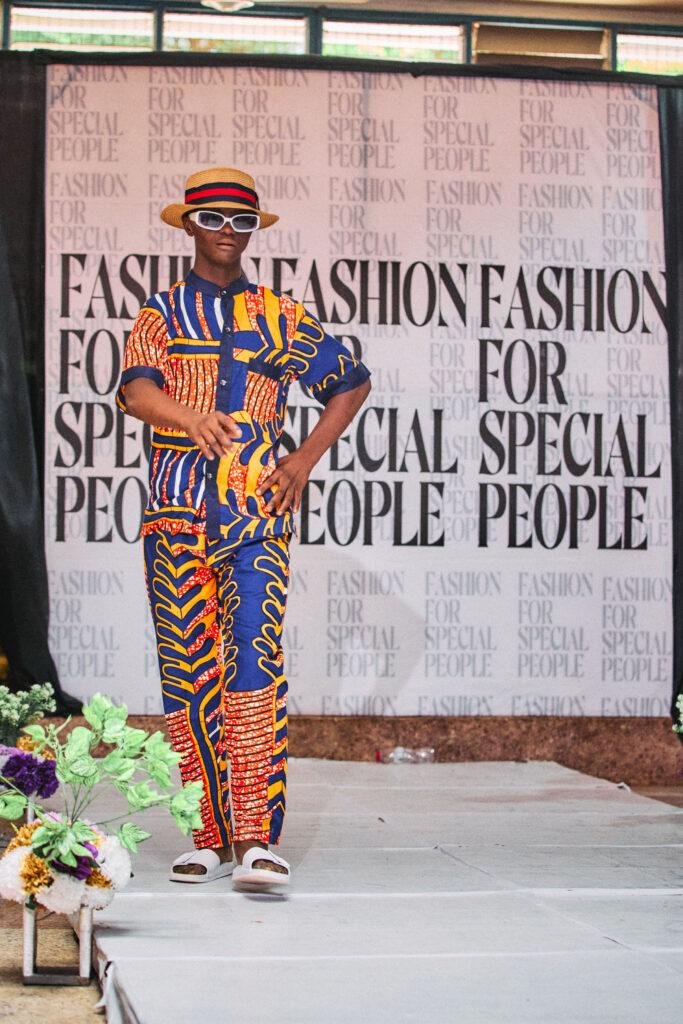
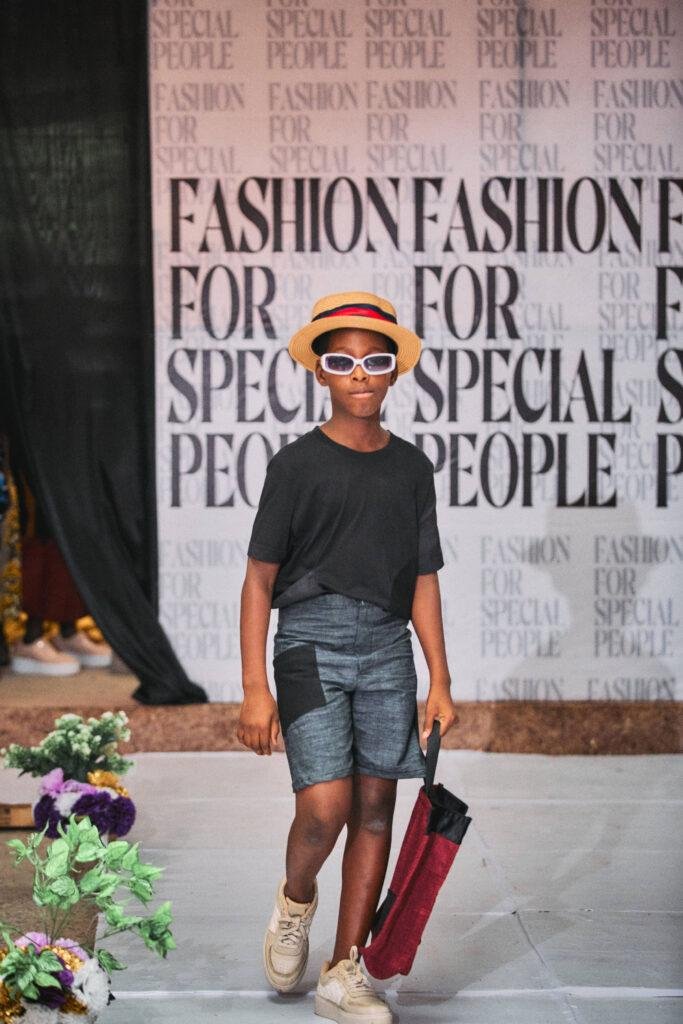
Later, he joined professional modelling agencies, walking runways for numerous designers and gaining exposure at major shows such as Glitz Fashion Week and Global Fashion Week.
Training and transition
In 2020, Peter enrolled at Riohs College of Design for a six-month fashion course.
It was a turning point. Balancing his corporate job with evening classes was difficult, so he resigned to fully commit.
After completing his course, he was invited back as an assistant instructor. Within a year, he was promoted to full instructor, and today he serves as Head of Instructors, mentoring aspiring designers and shaping the next generation of fashion talent.
Among his career highlights, Peter’s graduation collection was selected out of 150 students for the runway at Glitz Africa Fashion Week, one of the continent’s premier fashion events.
Since then, he has showcased his collections at multiple platforms, steadily building his reputation in the industry.
Truly Black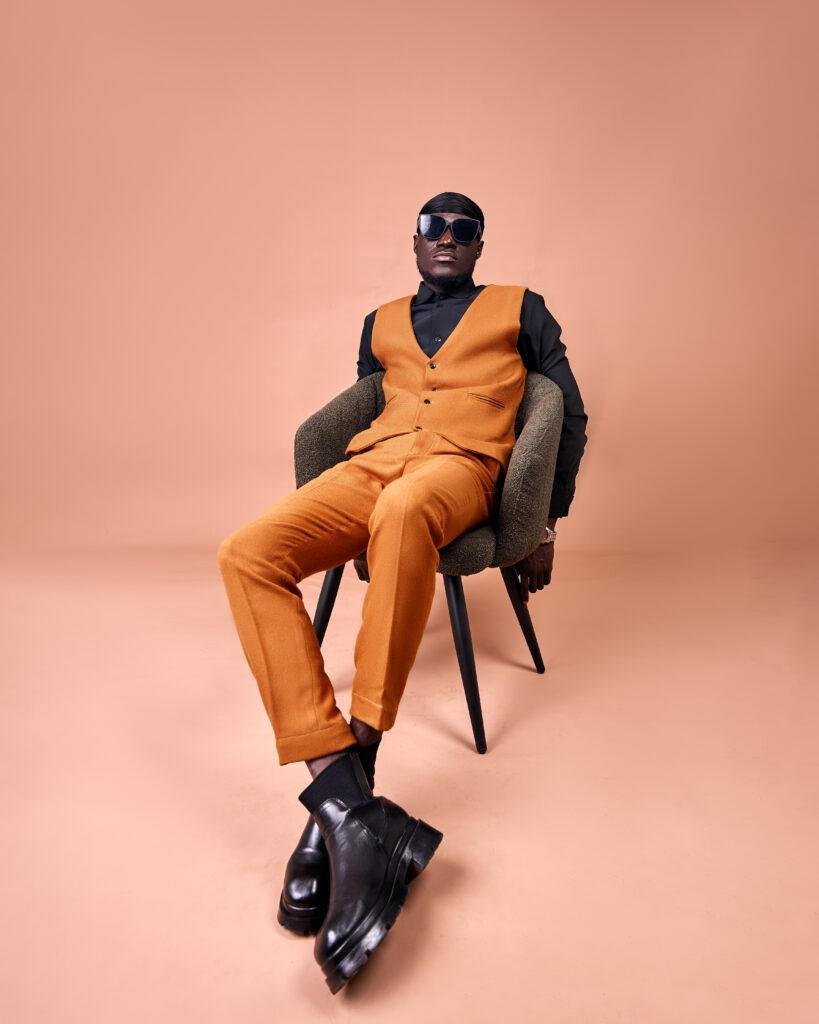
Peter’s brand, Truly Black, carries deep personal meaning. During his modelling career, he was nicknamed “Nana Black” because of his rich dark complexion.
“I am proudly African and proudly Black. My complexion, my heritage, it’s all part of who I am. That’s why I chose Truly Black as my brand name. It celebrates authenticity and strength.”
Challenges and resilience
Like many social projects, Fashion for Special People faces significant challenges, especially funding. Sponsorships are difficult to secure, leaving Peter to rely largely on personal resources and the goodwill of fellow designers he has trained or worked with.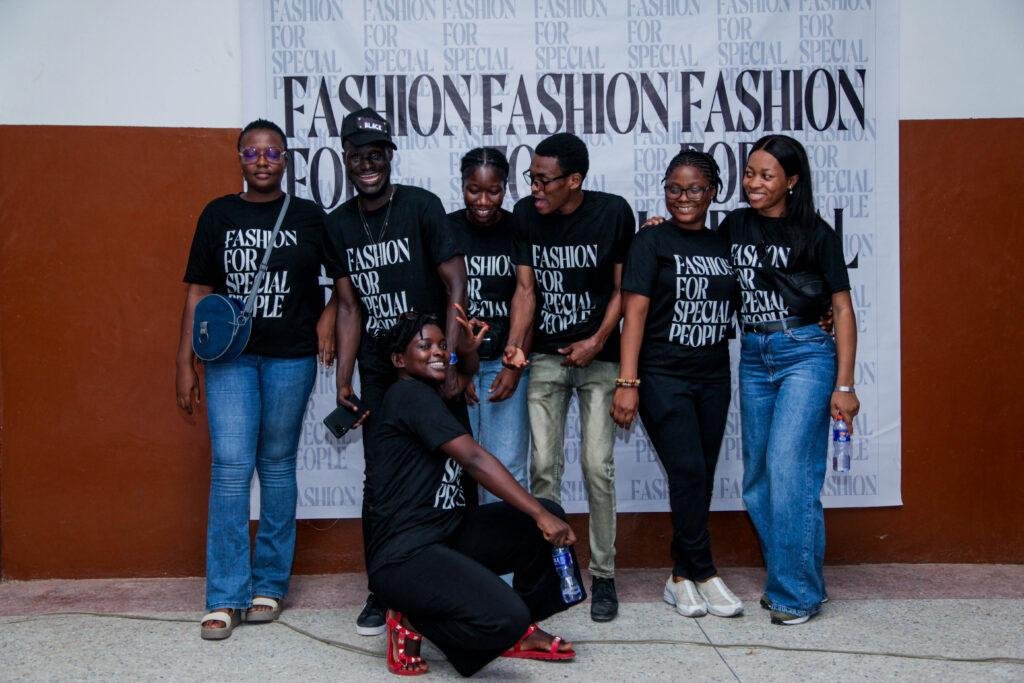
He stressed the importance of collaboration. “I can’t do this alone. That is why I reach out to other designers, and thankfully, many have been willing to help.”
Vision
Looking ahead, Peter hopes to expand Fashion for Special People into a larger non-governmental organisation that reaches more communities across Ghana.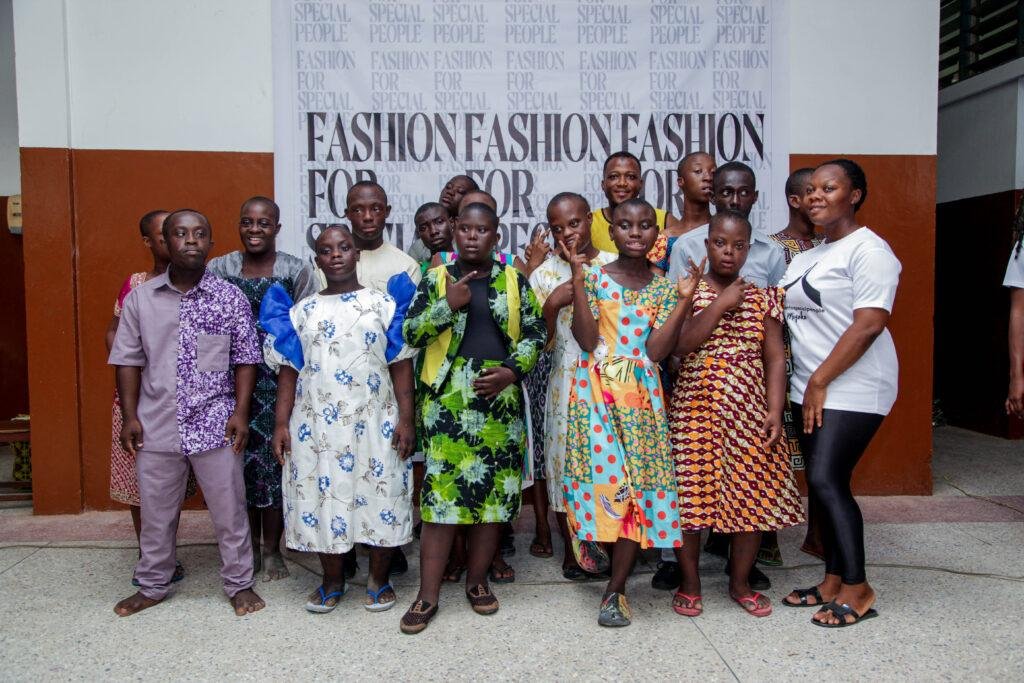
His dream is to create a sustainable model that combines fashion education, skills training, and empowerment for people with disabilities.
For Peter Nkansah Wiafe, fashion is not just a career, it is a language of empowerment, dignity, and transformation.
By Esinam Jemima Kuatsinu
Join our WhatsApp Channel now!
https://whatsapp.com/channel/0029VbBElzjInlqHhl1aTU2
Profile
Edwina Anokye-Bempah Redefining Trust in Ghana’s Real Estate Landscape
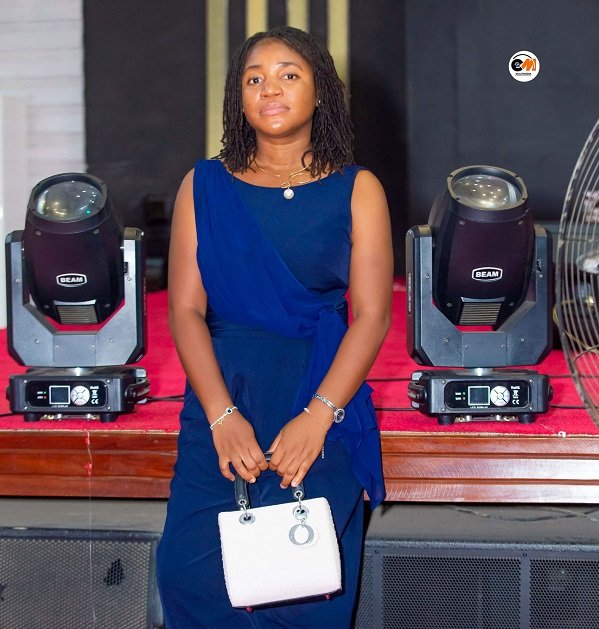
Every morning begins the same way for Edwina Anokye-Bempah, with quiet devotion. It is her grounding ritual, a moment of reflection and gratitude before she steps into the dynamic, often unpredictable world of real estate brokerage.
By the time she arrives at the office, she has already set the tone for her day. She reviews the previous day’s tasks, checks what was accomplished and what still needs attention, and then drafts a new to-do list. For her, success is rooted in deliberate planning, discipline, and the commitment to follow through.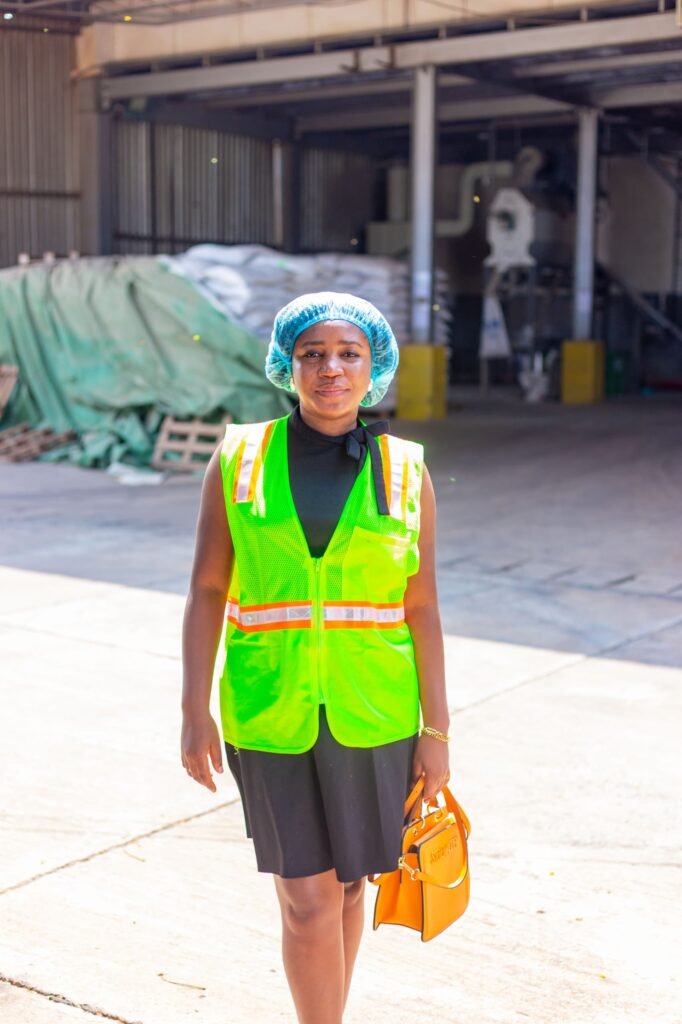
Today, Edwina stands out as one of Ghana’s promising real estate brokers, but she is also clear about the distinctions within her field. While many people casually use the term ‘realtor,’ she is quick to explain that only professionals registered with the National Association of Realtors can claim that title.
“Since I am not registered with the association, I am a real estate broker,” she says. It is a role she embraces wholeheartedly, facilitating transactions, connecting buyers and sellers, and ensuring clarity and integrity at every step.
Her journey into the industry took shape at MeQasa, an online platform dedicated solely to real estate. The platform exposed her to developers, agents, and the complexities of property transactions. She worked closely with developers and observed one recurring problem: clients often complained about agents who failed to respond, follow up, or provide accurate information.
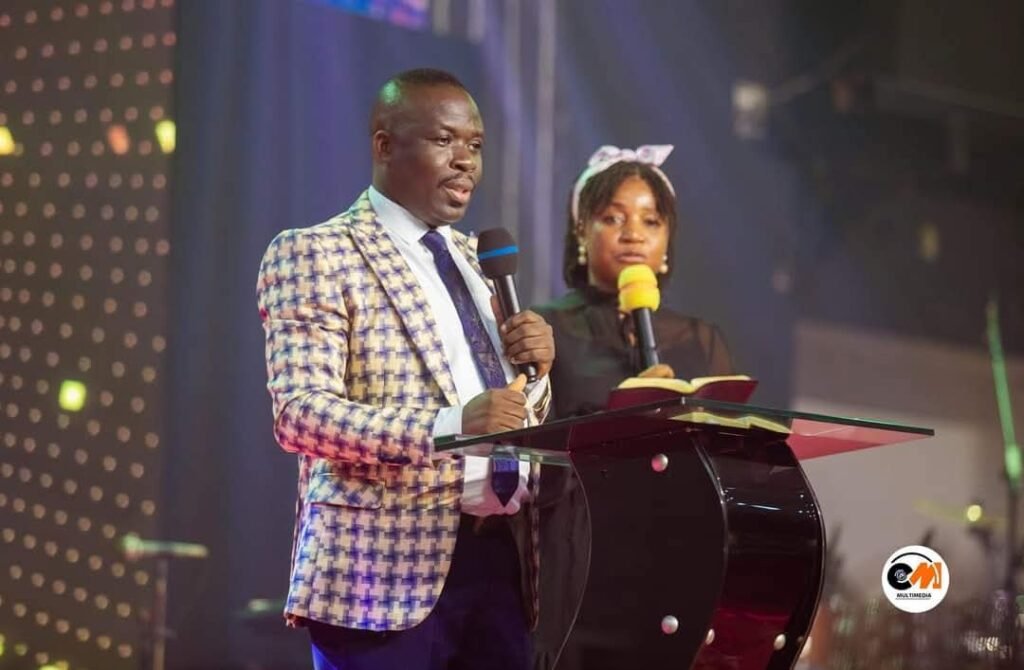
With her background in sales and marketing, Edwina felt naturally drawn to the field. It was an industry where she believed she could make a meaningful, positive impact. Real estate, she came to learn, is far more than brick and mortar. It is about helping people secure one of the most important investments of their lives. This understanding shapes every decision she makes.
One of the most challenging tasks in her work is qualifying clients.
“A serious buyer must be willing, ready and able,” she explains. When one of these three qualities is missing, the transaction is likely to stall or collapse entirely.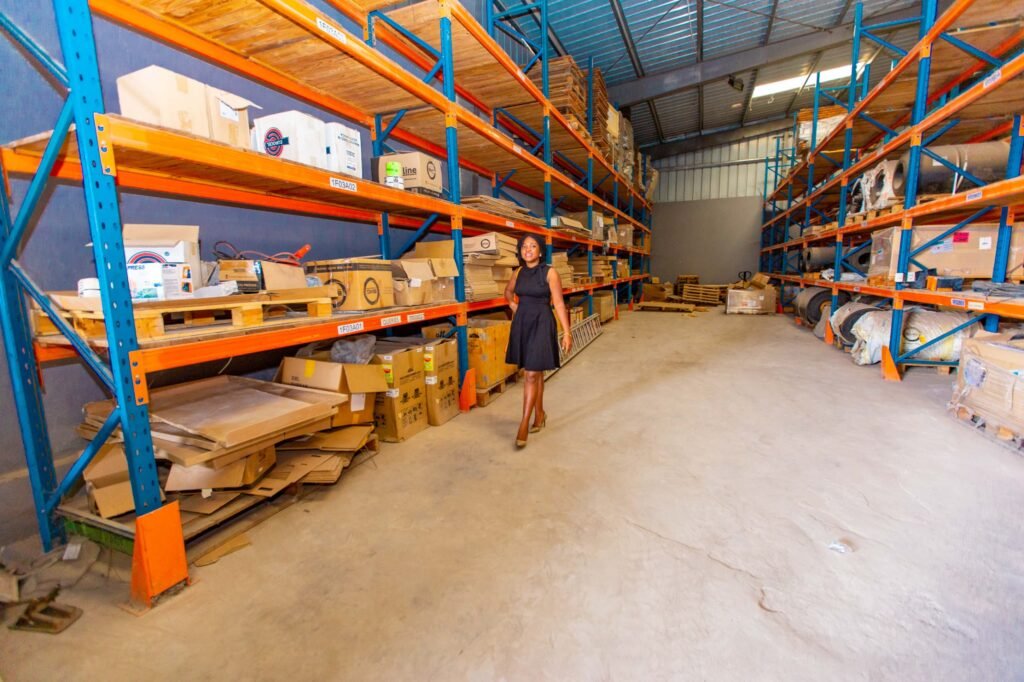
On the seller’s side, due diligence is equally critical. Ownership disputes, land fraud, and unclear documentation remain some of the biggest risks in Ghana’s real estate sector.
Edwina understands the weight of the responsibility she carries. “The money involved is huge. These are people’s lifetime savings. Most people buy one home or maybe two in their entire lives. You cannot afford to make a mistake.”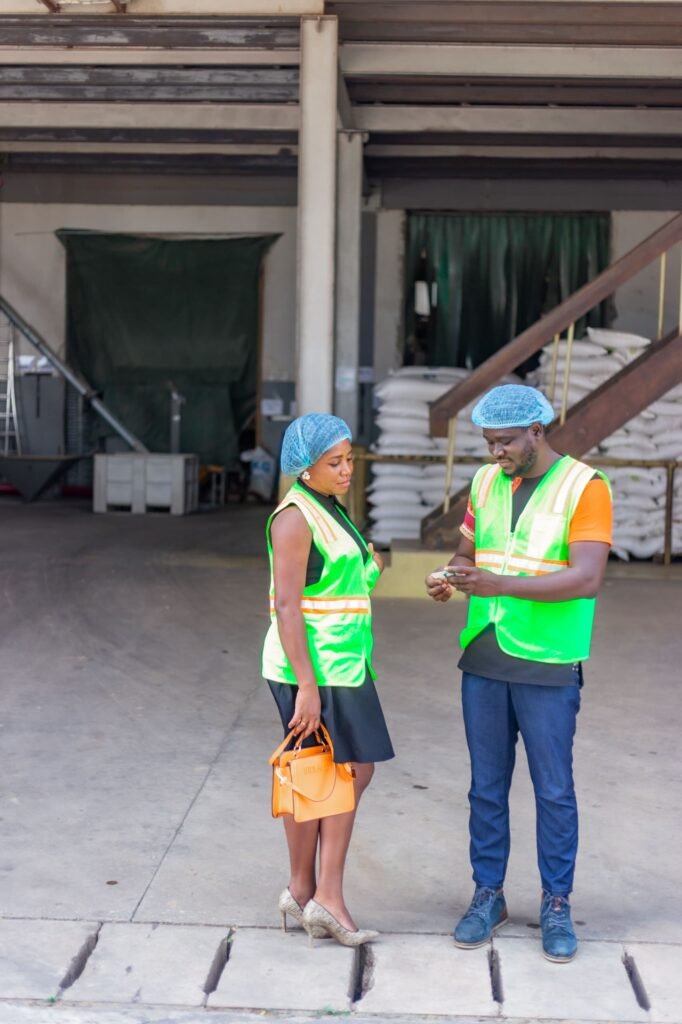
Working in what many describe as a male-dominated field has never intimidated her. With an MBA in Marketing and extensive experience in sales roles including a stint as an Account Manager in an advertising agency, she has grown comfortable handling clients, negotiating deals, and presenting herself with confidence.
“My gender has never discouraged me,” she says. “What matters is hard work and ensuring that the client’s needs were met.”
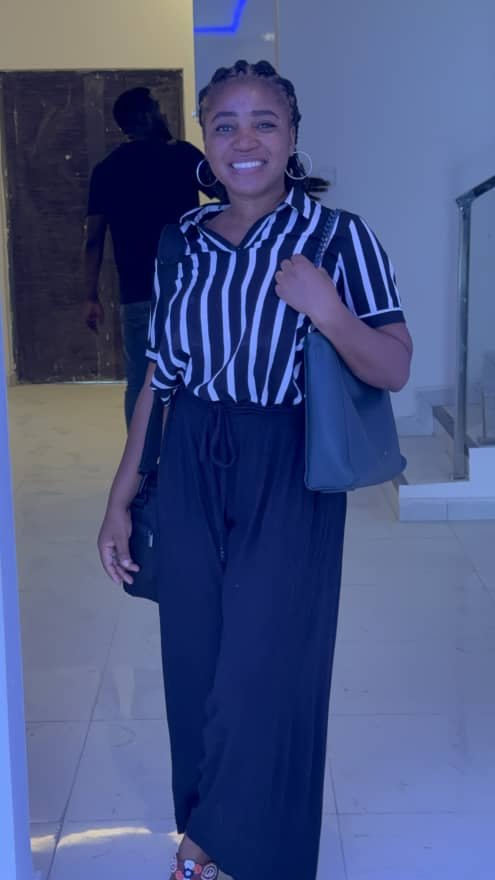
The only occasional challenge, she admits, was maintaining professional boundaries when some men attempt to be overly familiar. Her solution is simple: stay professional and do not over-familiarise yourself with clients.
Her educational journey started in Kumasi, followed by Yaa Asantewaa Girls’ Senior High School, where she studied Agricultural Science. She continued the same at the University of Ghana before pursuing her master’s degree. After university, she worked on her uncle’s poultry farm before moving into advertising. Later, her role at MeQasa finally opened the door to the career she had long been unknowingly preparing for.
Over the years, Edwina has built a reputation not only for competence but also for care. She recalls one client in particular, an older man relocating to Ghana with no family in the country. After helping him secure two homes, she became the closest person he could rely on. One evening at around 8 p.m., he called to say he felt unwell. Without hesitation, she drove to his home and rushed him to the hospital. Doctors later told her that any delay could have been fatal.
For Edwina, that moment affirmed that the job goes far beyond selling property. “It doesn’t end with the sale,” she says. “You have to look out for people.”
Her influence also extends to younger people observing her journey. She is known for her tenacity, her refusal to give up on clients or tasks, and her resilience in the face of challenges. Those who work around her learn to push forward regardless of setbacks.
“If a deal doesn’t go as expected, you don’t look back. You find a way.”
Beyond real estate, Edwina serves as an interpreter in her church, a role that dramatically boosted her confidence. What began with trembling legs has evolved into a boldness that reflects in her public speaking and client interactions. She credits her growth to God, her senior pastor, her mother, siblings, friends, and her dedicated team — “an amazing circle,” she calls them.
Today, she is also a partner in a showroom business dealing in vanity units, sanitary wares, and tiles, an extension of her real estate insight and experience.
For young people aspiring to join the industry, her advice is clear: “Learn the industry beyond selling. Understand transactions, build strong relationships, and always do your due diligence.”
For Edwina Anokye-Bempah, real estate is more than business; it is trust, service, and impact, one client at a time.
By Esinam Jemima Kuatsinu
Join our WhatsApp Channel now!
https://whatsapp.com/channel/0029VbBElzjInlqHhl1aTU27
Profile
How a Collapsed Dream Birthed Another: Daniel Debrah’s Music Journey
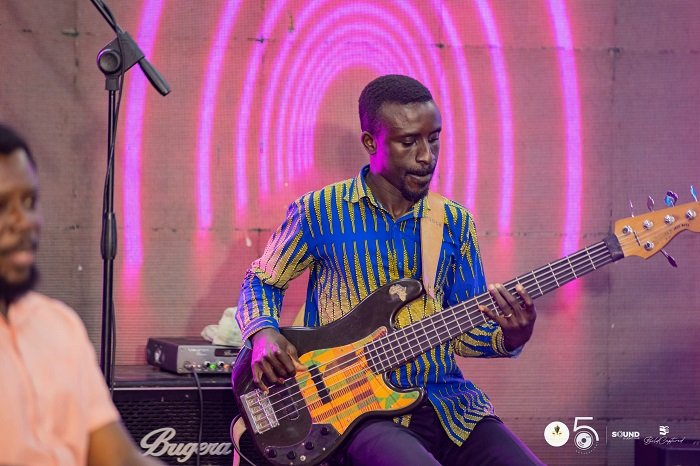
From the age of five, Daniel Nana Kwesi Kakra Debrah has lived a life surrounded by rhythm, harmony, and the quiet pulse of music. Growing up in a home where instruments filled corners and rehearsals were as normal as conversation, Daniel’s first teachers were not in formal classrooms—they were the sounds, movements, and discipline he absorbed from his father, a committed church musician.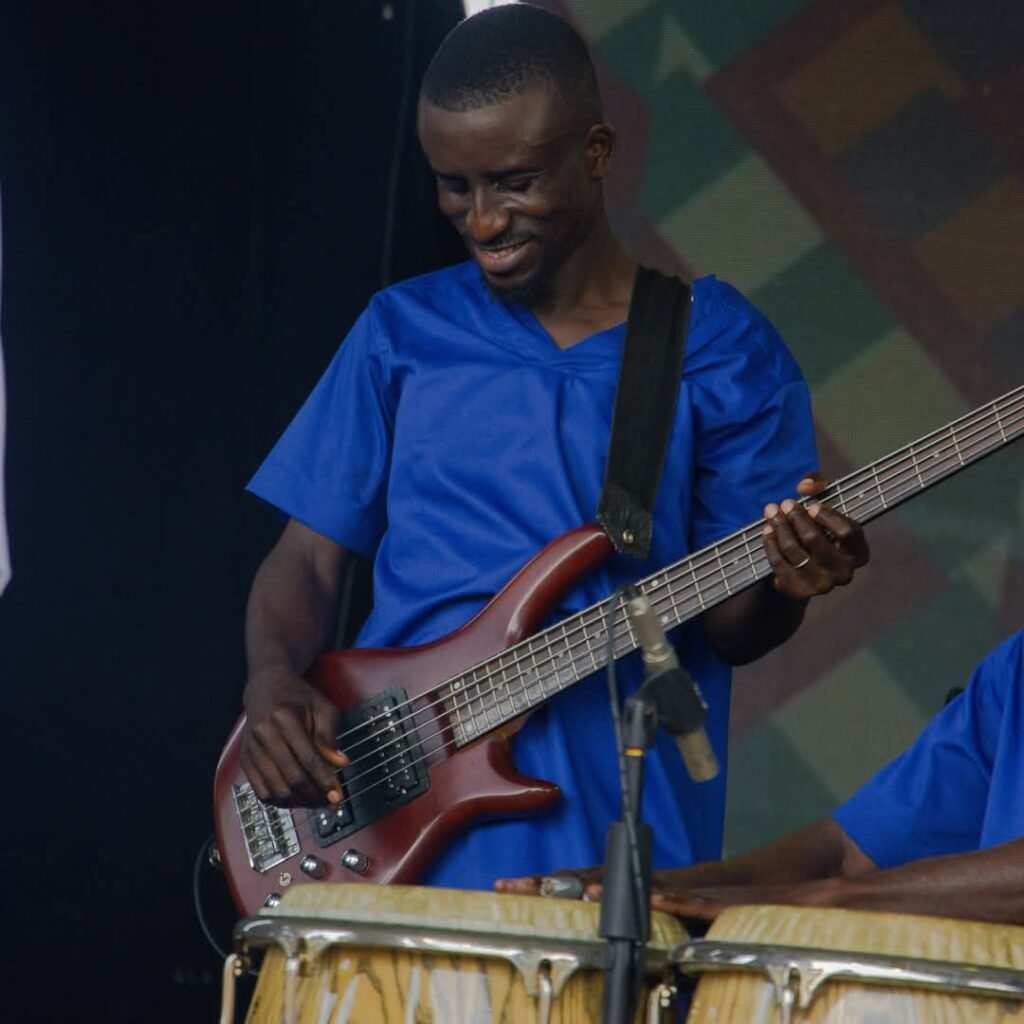
Ironically, music was not Daniel’s first dream. Like many young boys, he once hoped to become a professional footballer. But an injury from a school match left him unable to walk for three months, forcing him to retire that ambition. What seemed like a tragedy at the time became the turning point that aligned him with the path he was always meant to follow.
Daniel’s earliest musical expression began in church. As a boy in Sunday School, he eagerly ‘pounded’ the drums, quickly becoming known as the child who never missed an opportunity to play. Even in Senior High School (SHS), although many of his classmates were unaware of his talent, he continued practising quietly until completing school in 2005.
After SHS, Daniel joined a church music class with the intention of growing as a drummer, but one moment changed everything. Watching a bass guitarist perform stirred something in him. Drawn to the deep, steady tones of the bass, he persuaded a friend to teach him the basics. With no instrument of his own, Daniel practised at home using a broken guitar for more than eight months.
Then destiny intervened. The church’s lead bassist was suddenly suspended, and Daniel stepped in voluntarily during an evening service. That temporary voluntary act became permanent as he was asked by the then Music Director to fill in the gap. From that point, he embraced the bass guitar fully—a decision that defined the rest of his life.
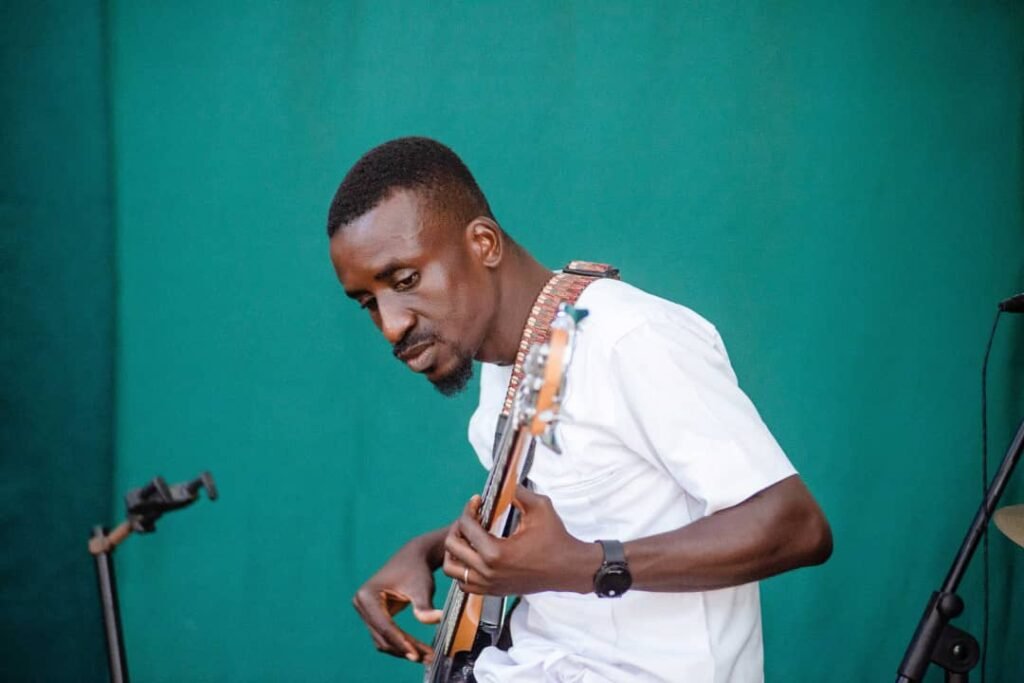
Around 2006, Daniel made a life-changing decision to take his craft seriously. He began practising for hours on end, sometimes up to eight hours a day, often without food, locked away from family and friends, perfecting techniques and expanding his creativity. While others assumed he was outdoors socialising, Daniel was indoors sharpening his gift.
His breakthrough came in 2007 when he performed in the TV3 Bands Alive competition. The exposure, applause, and feedback confirmed his dream: “music was not just a passion; it was his calling,” he said.
With time, Daniel moved confidently into the professional space. He performed at studio sessions, live concerts, weddings, church events, and high-profile national programmes. His talent, discipline, and reliability earned him a reputation that continues to attract respected gospel artistes.
Today, he works closely with Daughters of Glorious Jesus, Chris Apau, and Israel Ofori, who have been of immense help to his career ministry. He also collaborates with several ministries and offers support with musical arrangements, live performances, and studio recordings.
Beyond the stage, Daniel sees himself as a mentor. Many young musicians reach out to him, some visiting in person, others calling for guidance. Whether through hands-on training or virtual coaching, he is always ready to teach. For Daniel, music is not just technique; it is character, discipline, and values. He believes a musician must carry integrity both on and off stage.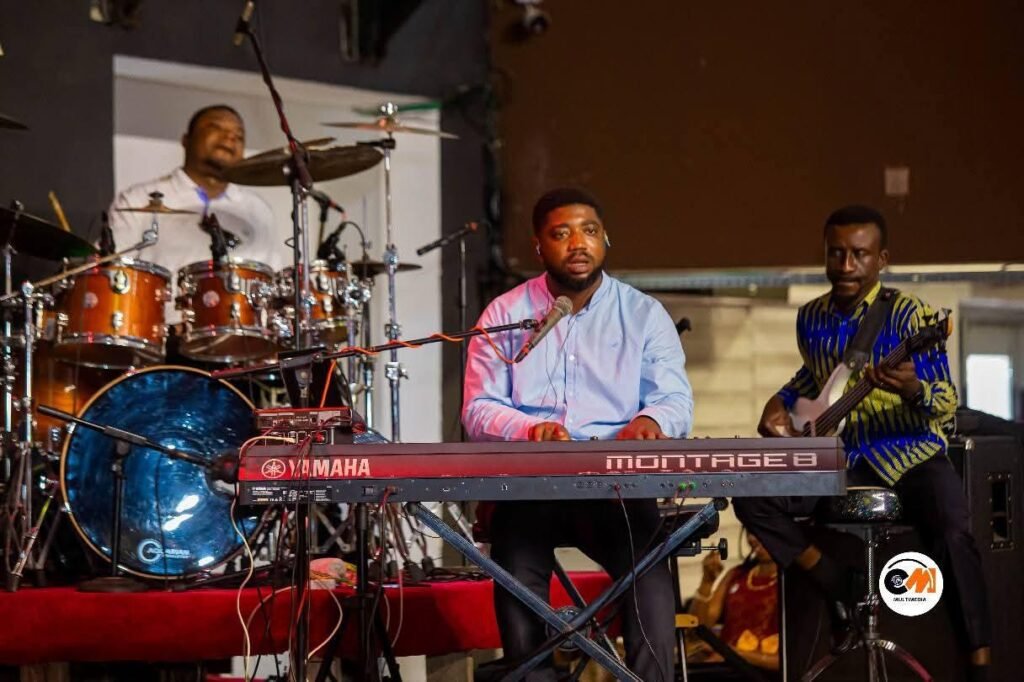
Like many musicians in Ghana, Daniel has faced challenges with delayed payments and broken agreements. These experiences have taught him to value professionalism. He now insists on part payment upfront and charges more for his services, a decision grounded in self-respect and fairness.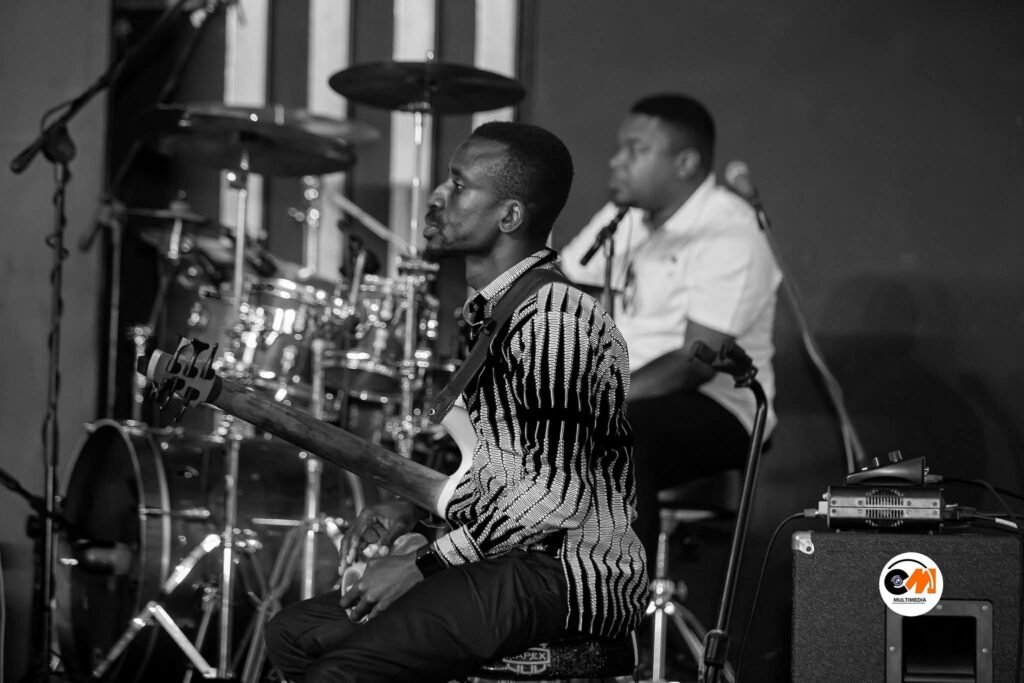
Daniel’s journey in music has been shaped by various individuals who have supported him at different stages of his career. He acknowledged Opoku Agyeman Sanaa, Kofi Ennin, Andrew Klu, Mr. Samuel Abbey, Mr. Samuel Sarpong Agyei, Paul Quartey, Mr. Nene Emmanuel, and Mr. Isaac Asiedu, saying that their belief in him continues to inspire his journey.
Daniel’s work is guided by his Christian faith. He sees music as ministry, not merely entertainment. Off stage, he is a devoted family man—a husband and father of two, a boy and a girl, who have also started playing musical instruments. During his leisure time, he listens to music, or plays football and action video games.
Through his acts of service and unwavering determination, Daniel continues to inspire others, proving that when passion meets integrity, ordinary men impact the lives of others.
By Esinam Jemima Kuatsinu

